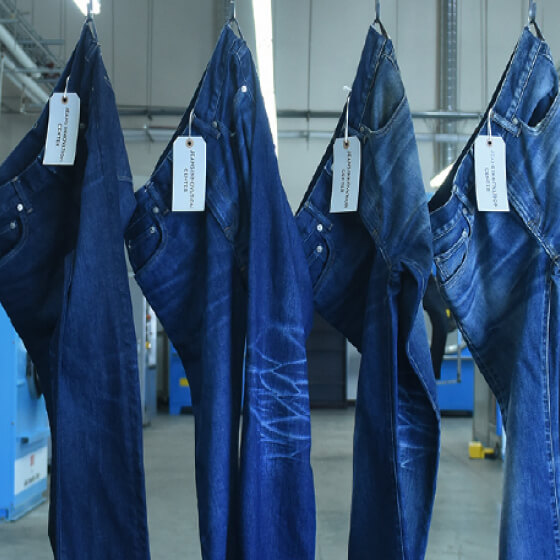
WORK AT FAST RETAILING
WORK AT FAST RETAILING
Realizing a supply chain that delivers the highest value to customers through the power of digital technology.
Director of Digital Transformation Services
A new era of customer experience that will change the industry.
Fast Retailing Group Executive Officer
E-commerce Business and Digital Marketing Manager
E-commerce Business and Digital Marketing Manager










